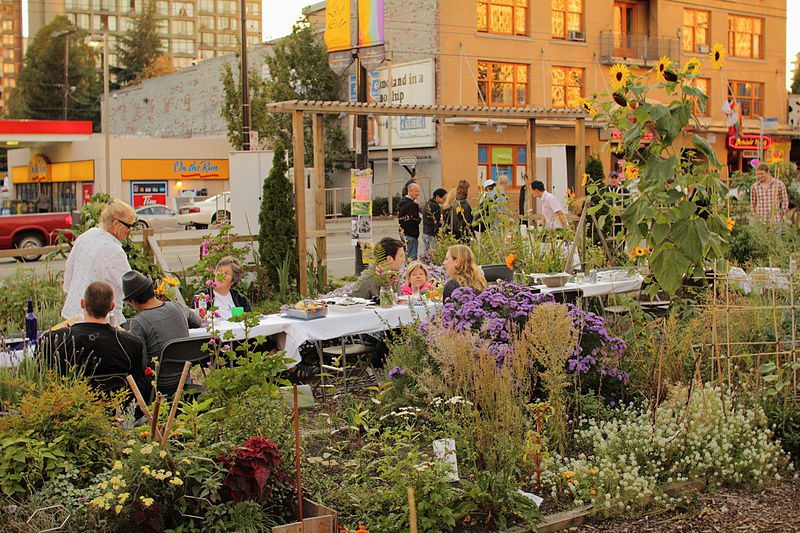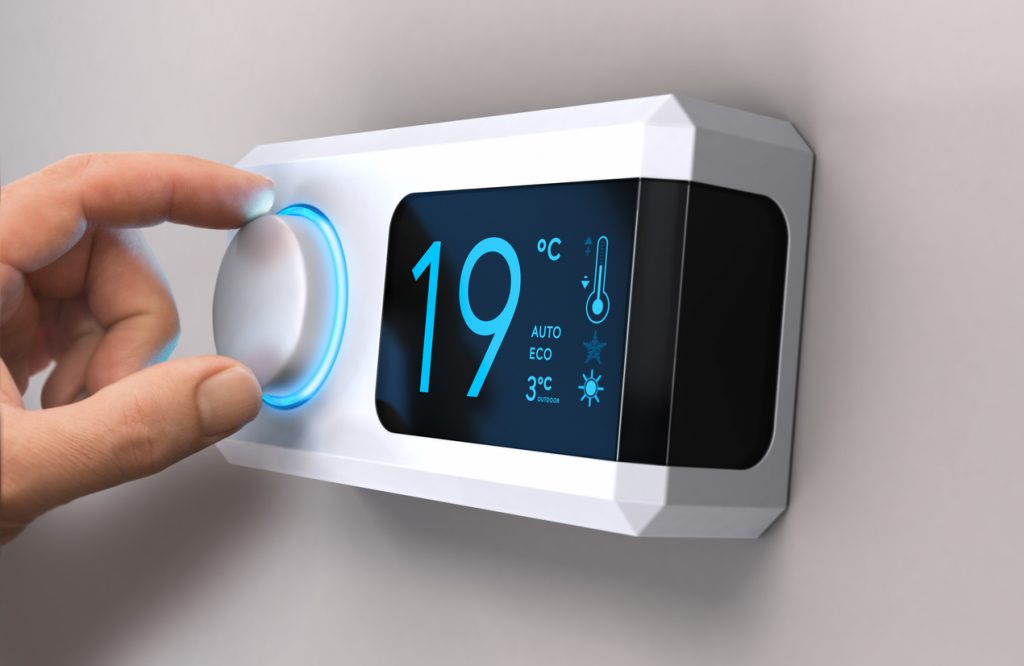Rodney Wilts is a partner at Windmill Development Group, an Ontario-based urban development group with a very special business ethos. Windmill builds homes, offices, and communities that put sustainability and the environment front and centre. The projects go beyond just using low-carbon or high-efficiency materials. They think more deeply about how our lives can be made greener, healthier, and happier by design.

We asked Rodney to tell us his top ten key priorities when designing a low-carbon community, and how we can incorporate these into our own lives. These are his top ten key priorities for creating low carbon communities:
1. Make them mixed-use
Single-use developments like retail plazas, suburban tract housing, or office parks, are almost always car dependent. Creating mixed-use projects allows people to walk or bike to work or to the cafe and to yoga class. This does more than just help us create low-carbon communities by reducing our dependence on gas-guzzling cars. It also just makes people’s lives easier and more enjoyable.
2. Design first for pedestrians
Most planning projects devote upwards of 85 per cent of our public space over to the car, so it’s little wonder that transportation accounts for so much of Ontario’s carbon emissions. Low-carbon communities design for pedestrians first, encouraging people to walk, making life better for cyclists, and creating a more engaging community. It’s much easier to talk to your neighbours from the sidewalk than from inside your car!

3. Create energy efficient buildings
Good building envelopes and efficient mechanical systems can create dramatic energy savings, as well as keeping people cozier. If a building is well designed and insulated, keeping warm or cool will be far easier, cheaper, and better for the environment by keeping carbon emissions low.
4. Power it with renewable energy
Renewables-based district and distributed energy is becoming more financially viable by the day. In Alberta, the most recent auction to build renewable energy saw wind power come in at a very low 3.7 cents a kilowatt hour, making it the cheapest source of energy in the province. Wind and solar power are getting cheaper worldwide, and new technologies to store energy makes sure there’s power when the wind isn’t blowing and the sun isn’t shining. For low-carbon communities, renewable power is a must.

5. Encourage community connections
High quality public spaces, community programs like social events and garden groups, and careful design, can all help create communities that support strong social connections. Living in communities with strong social bonds reduces requirements to travel, which reduces greenhouse gas emissions from transportation.
6. Incorporate sustainable food
Edible landscaping and community gardens are two ways to incorporate food production into community design. Growing food locally can hugely reduce your carbon footprint, but it also brings a sense of community and an opportunity for people to work together for a common goal.

7. Design with ecological systems in mind
At Windmill, we make use of advanced modelling techniques and technologies. These can show us how dramatic energy savings are possible when designing communities to maximize solar exposure and reduce wind effects. By designing buildings properly, we can use nature to keep homes warm and bright, as well as put solar panels to the best use possible.
8. Use a smart grid
A smart grid is an electrical grid which makes use of modern technologies like smart meters, smart appliances and other sensors to react quickly to changing demand. Combining mixed-use developments with smart grid technology can enable load sharing to keep energy demand more balanced, and make use of waste heat in one area for the benefit of others who need it.

9. Engage with occupants
Creating green buildings is only part of the challenge of designing low-carbon communities. At Windmill we try to work with future occupants to educate and engage them to make sure they know how to operate the building most effectively. At one of our developments, for example, we have an Eco Concierge. They will work hands on with residents to ensure they know how to operate all of their systems. Things like understanding peak energy loads and how to avoid them. The Eco Concierge also uses gentle social marketing to encourage conservation.
10. Look at the life-cycle
Different materials have different carbon impacts. Life cycle assessments take into account environmental impacts associated with all the stages of a product’s life, from material extraction to disposal. These assessments can help make responsible materials choices that have low embedded carbon (the amount of CO2 emissions associated with the production of the material), are durable, or can be easily recycled.
So what can I do?
Not everyone can live in a carbon neutral community (yet). But you can look at powering your own home with renewables! You can do this directly or through intermediaries like Bullfrog Power.
I also love local and sustainable farming. It makes a big difference to how people live and engage in their communities. Another suggestion for those interested in lowering their carbon footprint is to join a local community supported agriculture program or community garden. Or even just get planting in any space you have.

Another big one would be making the decision to leave your car at home more often. Get out by foot, bike, or public transit when you can. It makes a difference both to your carbon footprint, and how you engage in your community.
Interested in ways others are building low-carbon communities in their own lives? Check out this Facebook Live video we filmed with community activism group Transform Carlaw!
If you want to learn more about the movement to combat climate change, visit www.chooseclimateaction.ca and sign up!








